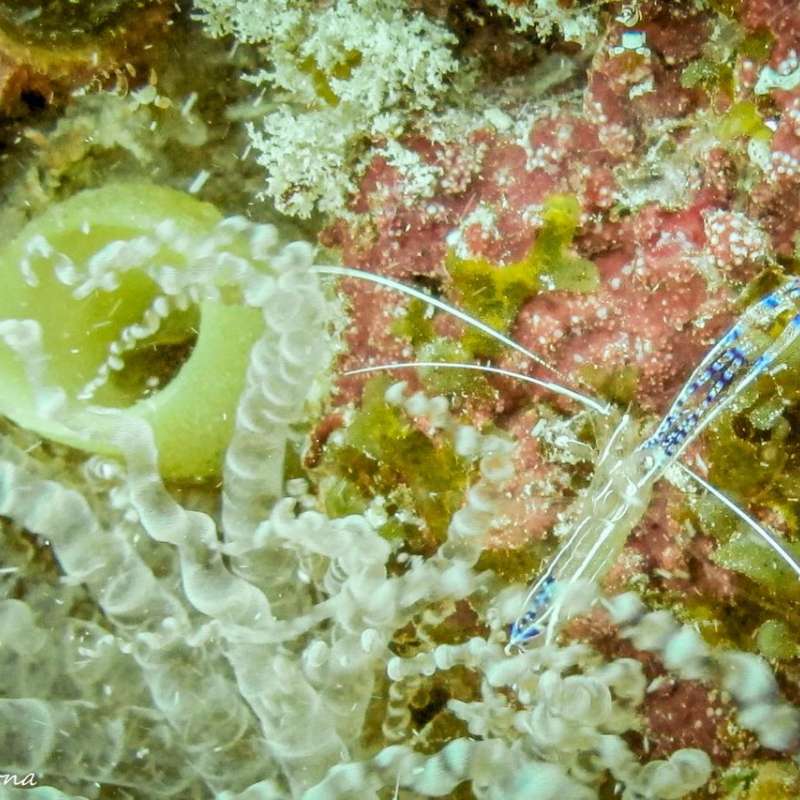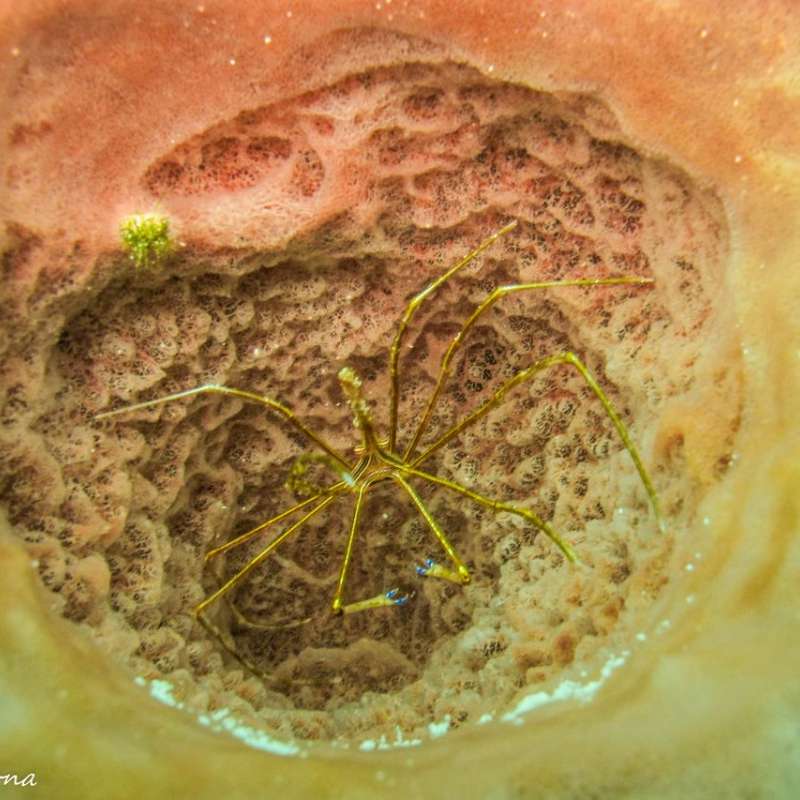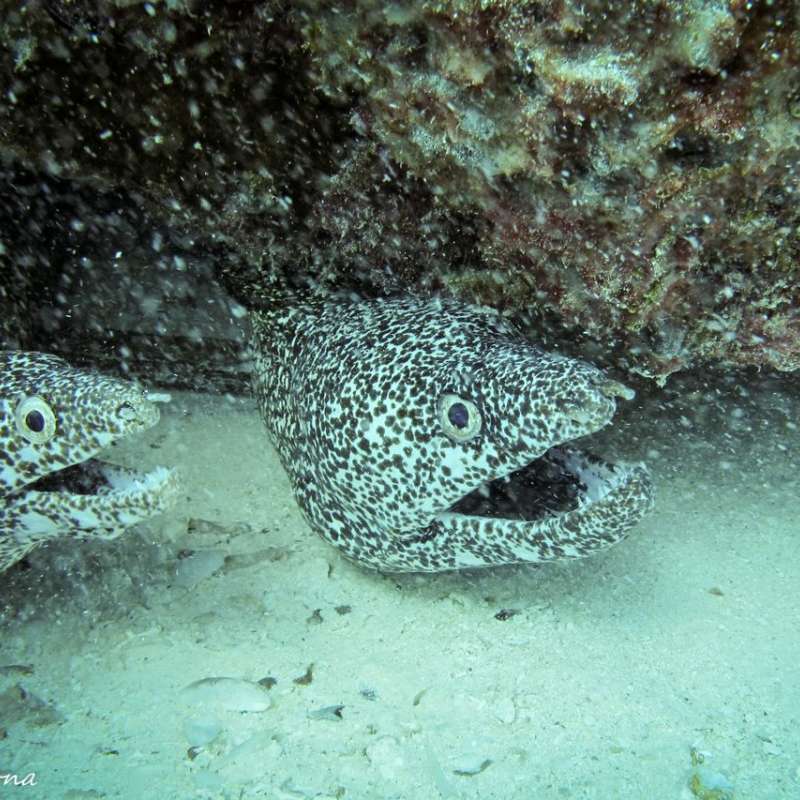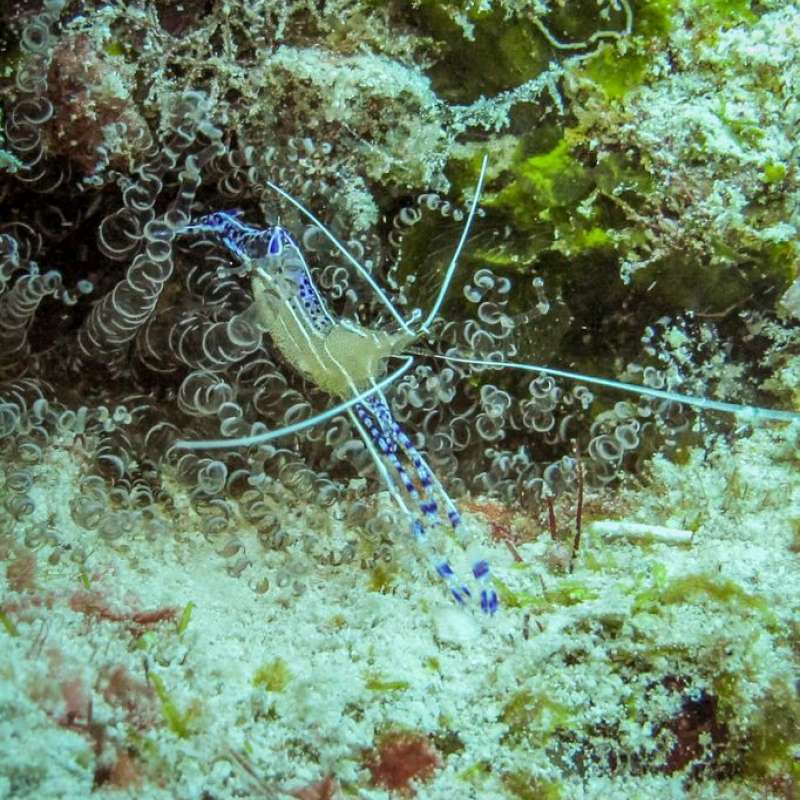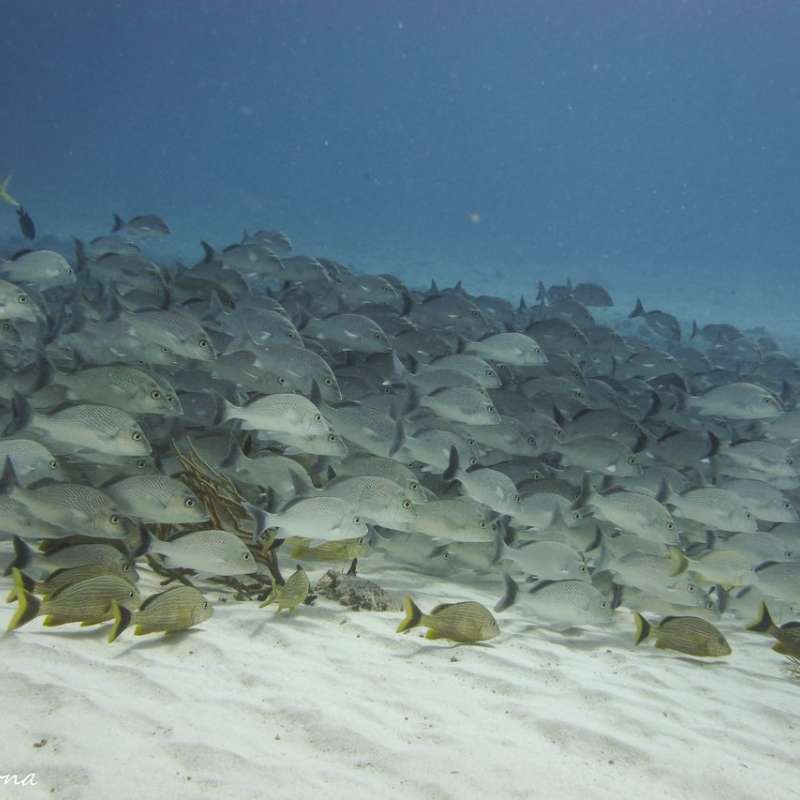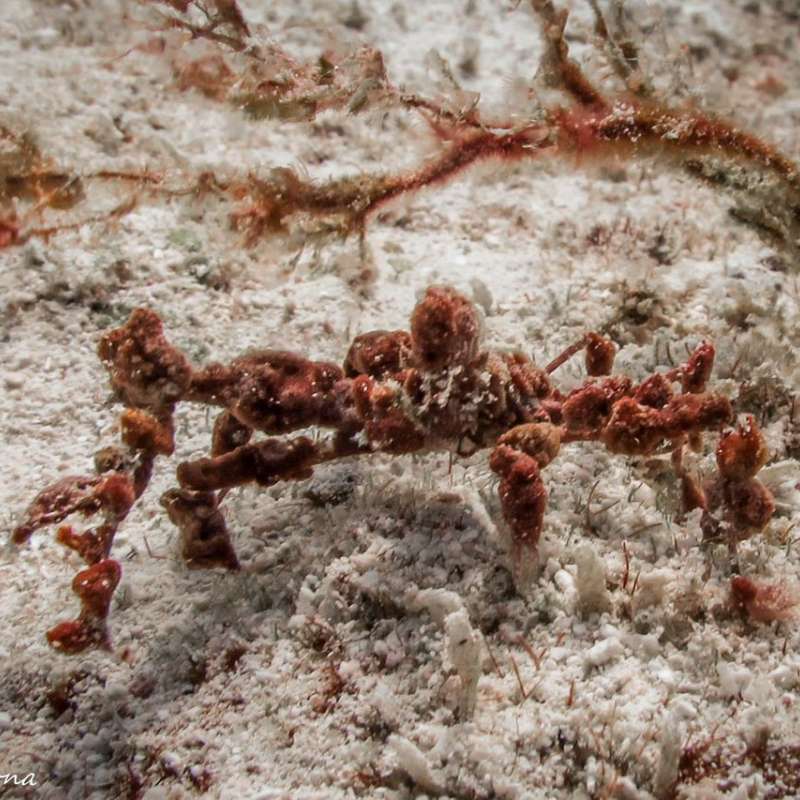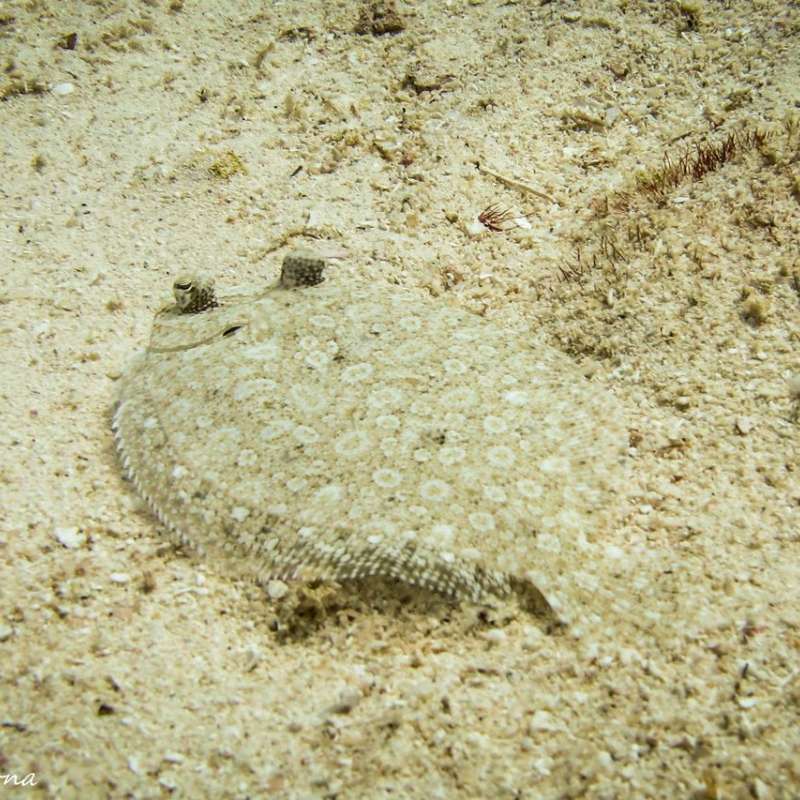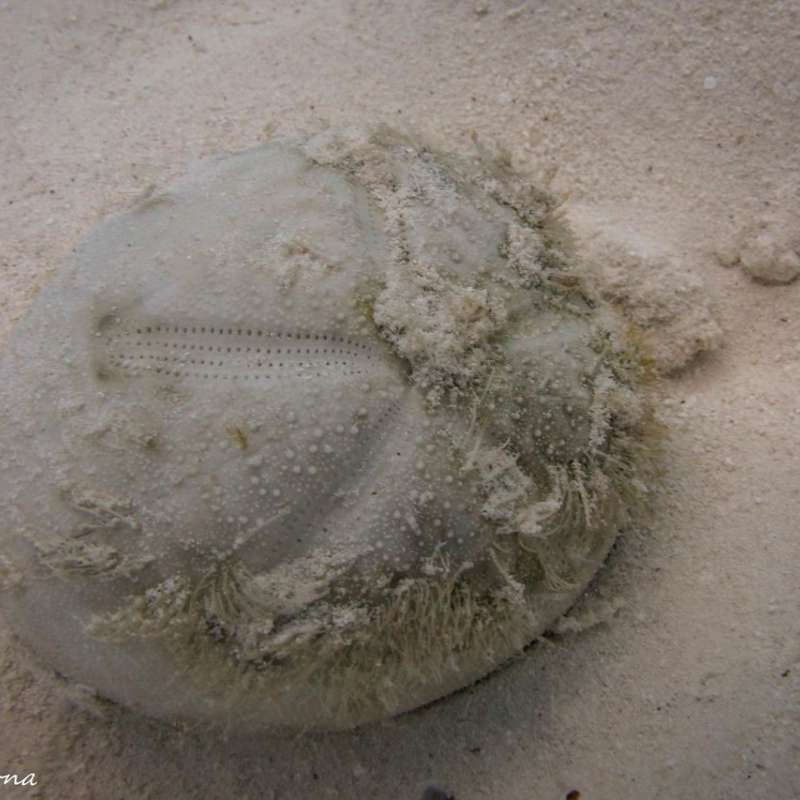Riviera Maya - Playa del Carmen
The Mesoamerican Reef stretches from the north tip of the Yucatan Peninsula in Mexico, all the way through the coast of Belize and Guatemala to the Bay Islands in Honduras.
It is the second largest reef in the world, after the Great Barrier Reef in Australia.
Approximately 1,000 Kilometres of coral reef, mangrove forests, lagoons and wetlands are home to diverse species of coral and marine life and they act as an important natural defence to the land against storms, hurricanes and coastal erosions.
Wow! Mother Nature is amazing...
SOME FACTS
The Mesoamerican Reef is home to more than 500 species of fish and 65 species of stony corals. Quite impressive numbers, even if they do not reach the quantity of diverse marine life found in more nutrients reach Oceans.
Nonetheless, this great Reef is proudly home to the world’s largest population of Manatees, Whale Sharks and several different species of Turtles.
THE RIVIERA MAYA
Riviera Maya is the fancy name that has been given to the stretch of Caribbean coastline going from the Northeast of the Yucatan Peninsula down to Xcalak, the southernmost point of the Yucatan Peninsula.
This area of Mexico was one of the largest Mayan settlements back in the days, hence its name. There are many Mayan archaeological sites scattered around the Yucatan Peninsula (Tulum, Coba and Chichen Itza being the most famous ones) and the central part of Mexico.
The Mexican Caribbean is well known all over the world for its long, white (almost blinding) sandy beaches, turquoise waters and countless coconut trees.
SCUBA DIVING IN THE RIVIERA MAYA
The Riviera Maya offers some good spots for scuba diving. From my personal experience, scuba diving here is not as stunning as other places I have been, such as Indonesia for example. There is just not as much marine life either fish or coral.
Having said that, scuba diving in the Caribbean has its charm. If you are a scuba diver visiting the area, it is totally worth it to wet your fins and check it out. You might be lucky and come across Eagle Rays, Turtles or (very rarely but not impossible) Manatees.
The Caribbean sea is reach in big Barrel Sponges, Sea Fans, Barracudas, Turtles, Morays, Jacks and various crustaceans especially Lobsters and Shrimps, only to name a few species. Looking closely with a sharp eye, you can find the cute Spider Crab or one of my favourite Caribbean creatures, the Flamingo Tongue.
One of the plus points is the visibility, Caribbean waters are very clear: usually visibility is around 20 meters. All the dive sites have sandy bottoms.
There are several location spread along the Riviera where you can scuba dive from. The most known are Playa Del Carmen and surrounding areas (including Cozumel Island, but this is a different matter), Tulum, Mahahual (including the famous Banco Chinchorro) and Xcalak.
DIVE SITES AROUND PLAYA DEL CARMEN
My personal experience focuses on Playa del Carmen.
There are several great dive sites just off the coast of Playa Del Carmen.
Most of the dive sites are shallow approximately 12 to 18 meters with a few deeper ones. There are usually no strong currents here (some dive sites are an exception) except for a constant gentle drift that flows north to south along the reef. All the dive sites are not so far from the mainland. It takes normally 10-25 mins to get to the dive sites.
These are in my opinion the most popular dive sites :
Tortugas (Turtles)
Max depth: 30 meters, intermediate/advanced dive. This is a very famous dive site because, guess what? As the name suggests, it is populated by Turtles (mainly Green Turtles but also Hawksbill can be spotted). It is also a good spot for Barracudas and large Rays (Eagle Rays on a very lucky day).
It is a long carpet reef with huge Barrel Sponges scattered along. It can be described as a runway for turtles and divers. There is always a moderate to strong drift which makes for a great cruising along drift dive.
Barracuda
Max depth: 15 meters, intermediate dive. This can be also a drift dive with moderate current. It is well known for large schools of Barracudas and colourful Grunts and Snappers. It has an interesting topography reminding the fingers of a hand. There are few small swim throughs and over-hangs that are just lush with Morays, Shrimps and Crabs.
Jardines (Gardens)
Max depth: 12 meters, suitable for all levels. This is one of my favourite dive sites. No currents (besides the occasional very gentle drift), and very pleasant to explore. It is great for macro photography. It is worth it to spend some time exploring through the rocks to find Morays, Lobsters, Shrimps, Crabs and spotted Rays.
Jardines Deep
Max depth: 25 meters, advanced dive. This dive site is popular during Bull Shark season from November to March. There is no reef. There is only sand and Bull Sharks.
Mama Viña Shipwreck
Max depth: 30 meters, advanced dive. This used to be a shrimping ship and it was sunk in 1995 for the purpose of scuba diving. There are lots of schooling fish hanging around this wreck. Spadefish, Jacks and Barracudas can be often spotted. Currents can be quite strong at times. Great dive!
Playa Del Carmen is good to dive all year round.
@ This article is written by Carlotta Arona (PADI MSDT #284952), please give respect to her copyright!
The article & photos are not to be reproduced or distributed without written permission of Carlotta Arona.
You can find more articles written by Carlotta Arona via her personal blog here: HOPSKIPDIVE.

